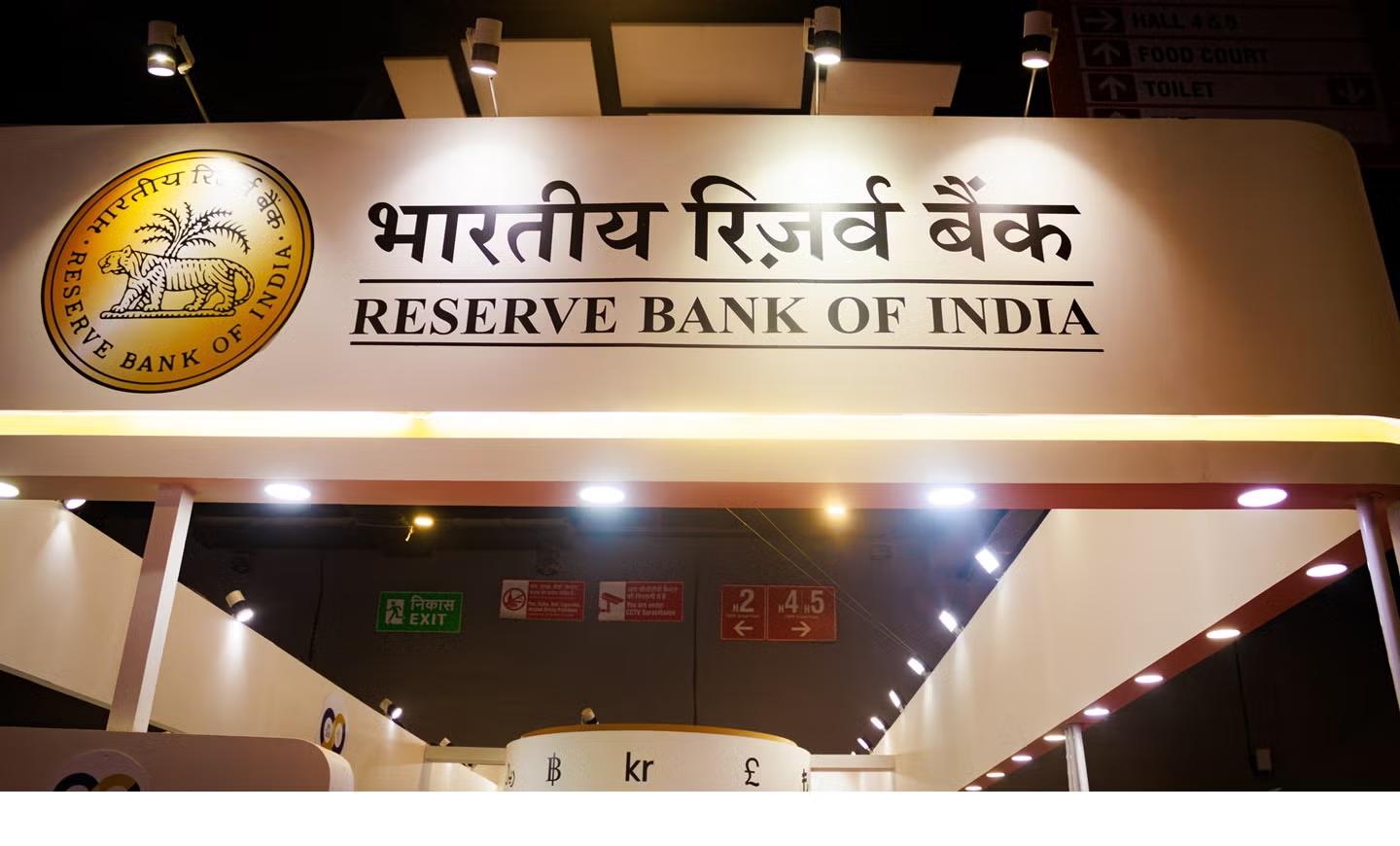- Courses
- GS Full Course 1 Year
- GS Full Course 2 Year
- GS Full Course 3 Year
- GS Full Course Till Selection
- CSAT
- 5 LAYERED ARJUNA Mentorship
- Public Administration Optional
- Online Program
- GS Recorded Course
- NCERT Batch
- Polity Module Course
- Geography Module Course
- Economy Module Course
- AMAC Module Course
- Modern India, Post Independence & World History Module Course
- Environment Module Course
- Governance Module Course
- Science & Tech. Module Course
- International Relations and Internal Security Module Course
- Disaster Management Module Course
- Ethics Module Course
- Essay Module Course
- Current Affairs Module Course
- ABOUT US
- OUR TOPPERS
- TEST SERIES
- FREE STUDY MATERIAL
- VIDEOS
- CONTACT US
RBI’s Revised Liquidity Coverage Ratio Norms
RBI’s Revised Liquidity Coverage Ratio Norms

- The Reserve Bank of India (RBI) has released the final guidelines for the Liquidity Coverage Ratio (LCR) under the Basel III framework, introducing significant changes that will come into effect from April 1, 2026.
- These revisions are designed to enhance the liquidity resilience of Indian banks while aligning domestic practices with global regulatory standards.
- The new rules, applicable to all commercial banks (except Payments Banks, Regional Rural Banks, and Local Area Banks), follow the RBI’s draft circular issued in July 2024, which proposed substantial modifications to the LCR framework.
Understanding Liquidity Coverage Ratio (LCR)
- The LCR is a key prudential requirement under Basel III norms, aimed at ensuring that banks hold enough High-Quality Liquid Assets (HQLAs) to withstand a 30-day period of financial stress.
- HQLAs include government securities and AAA-rated corporate bonds.
- If a bank anticipates ₹120 in outflows and ₹100 in inflows over 30 days, it must hold ₹20 in HQLA to bridge the gap.
This requirement enhances a bank's short-term liquidity preparedness, especially during market volatility or sudden deposit withdrawals.
Historical Context and Rationale for Change
- India adopted LCR norms with a delay, beginning implementation in 2019, allowing time for banks to align with international frameworks while complying with domestic mandates like the Statutory Liquidity Ratio (SLR), which already requires banks to invest about 18% of their deposits in government securities.
- However, the rise of tech-enabled banking, particularly deposits through internet and mobile banking (IMB), has increased liquidity volatility.
- This triggered the RBI’s proposal in 2024 to recalibrate the LCR framework, with the final norms now reflecting stakeholder feedback and a more balanced approach.
Key Highlights of the Revised Guidelines
1. Additional Run-Off Rate for IMB-Enabled Deposits
- Deposits accessed via internet or mobile banking by retail and small business customers will attract an additional 2.5% run-off rate.
- This is lower than the 5% proposed in the draft norms and reflects a tempered response to concerns over penalizing digital adoption.
2. Run-Off Rate Adjustments for Retail Deposits
- Stable retail deposits: 7.5% run-off (up from 5%).
- Less stable deposits: 12.5% run-off (up from 10%).
- These figures are lower than the draft proposal, which had suggested 10% and 15%, respectively.
3. Haircuts on Government Securities
- Banks must now apply haircuts on the market value of Level 1 HQLAs (such as government securities).
- These haircuts will be aligned with margins under the Liquidity Adjustment Facility (LAF) and Marginal Standing Facility (MSF).
4. Revised Treatment of Wholesale Funding
- Deposits from non-financial entities like educational institutions, religious bodies, charitable trusts, LLPs, and partnerships will now attract a 40% run-off rate, down from the previous 100%.
- Deposits from corporates will continue to carry a 40% run-off.
- Funding from financial institutions (e.g., IREDA, PFC) still requires full coverage via liquid assets, maintaining a 100% run-off rate.
5. Callable Deposit Clarification
- Non-callable fixed deposits pledged as collateral will now be treated as callable for LCR calculations.
- These will be included in the computation of net cash outflows if pledged to secure credit facilities.
Impact on the Banking Sector
- An impact analysis (based on data from December 31, 2024) shows that the revised norms will improve aggregate LCR by approximately 6 percentage points.
- Despite the higher run-off rates for certain categories, all banks are projected to meet the minimum LCR requirement without significant difficulty.
- The changes ease the overall liquidity burden while still accounting for emerging digital banking risks and wholesale funding volatility.
Strategic Significance
These guidelines reflect RBI’s effort to:
- Reinforce financial system stability.
- Incorporate technological and behavioral changes in depositor profiles.
- Strike a balance between regulatory stringency and operational flexibility for banks.
By updating these norms, the RBI is ensuring that Indian banks remain well-capitalized, stable, and resilient against liquidity shocks, without unduly penalizing innovation or financial inclusion.
The RBI’s revised LCR guidelines represent a progressive regulatory evolution. By moderating earlier proposals and factoring in stakeholder feedback, the central bank has achieved a framework that strengthens the liquidity profile of Indian banks while remaining aligned with international best practices.
As the financial system adapts to digitization and diversification of funding sources, these calibrated measures will be crucial in ensuring that liquidity management remains robust, inclusive, and forward-looking.
|
Also Read |
|
| NCERT Books For UPSC | |
| UPSC Monthly Magazine | Best IAS Coaching in Delhi |




